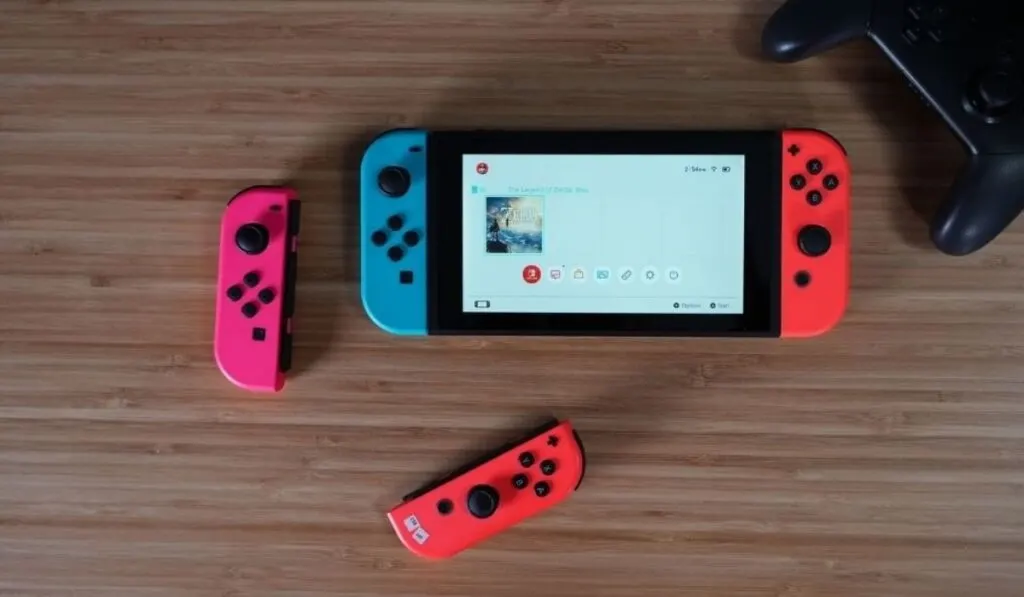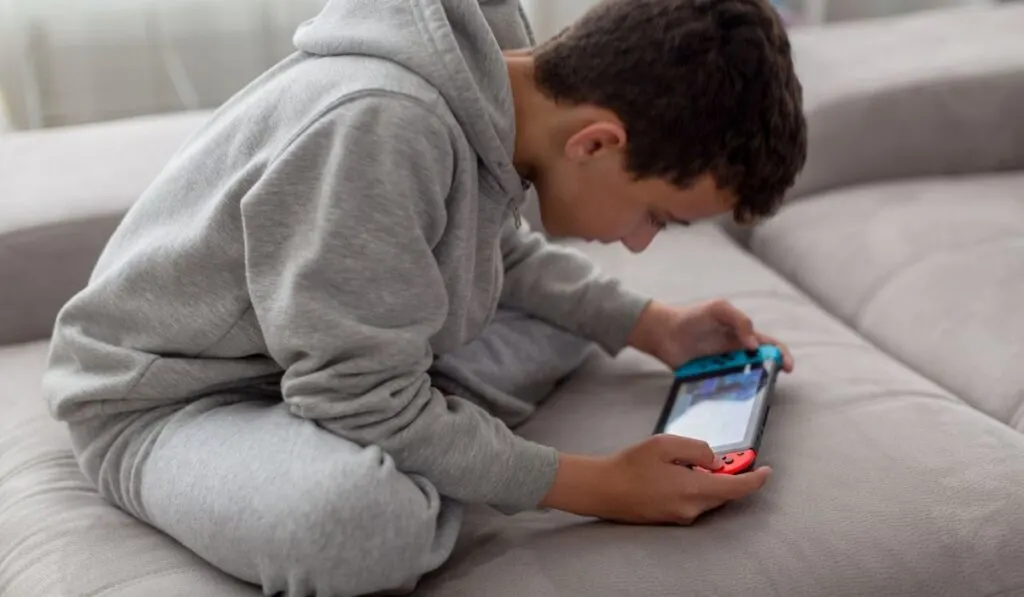The Nintendo Switch revolutionized the gaming world. The console allows for both portable and connected gameplay experiences. The Nintendo Switch Lite released soon after, providing greater accessibility and affordability. However, many users have reported volume issues with both consoles.
The Switch’s speakers are built-in and difficult to replace. However, you can bypass your console’s low volume by using headphones or Bluetooth audio devices. Try checking the manual sound settings on your audio devices if you’re using any. Docking and using the TV’s speakers is also an option.
Although the Nintendo Switch and Nintendo Switch Lite are respectable consoles, they have their fair share of hiccups. Unfortunately, both have poor quality speakers and volume control overall, but there are a few tricks you can use to make the situation more bearable, and to hear more of what’s going on with your game!
Why Is the Sound on Nintendo Switch So Low?

Quieter sounds on the Nintendo Switch and Nintendo Switch Lite are par for the course. Some people run into a total loss of sound on the device at some point, or periodic loss of sound, like when it’s connected to the dock.
Many gamers have also experienced low volumes when using their Nintendo Switch in portable mode. These issues seem to be worse on the Nintendo Switch Lite model.
The sound range can vary depending on the game and will be quieter in some cases.
How Can You Make the Nintendo Switch Lite Louder?
Sadly, there aren’t many solutions to make the Nintendo Switch Lite louder on its own. The speakers are built into the console and therefore are difficult to replace. That said, you can use some straightforward methods to improve sound quality and volume.
Increase the Volume
It might seem like an obvious step, but if you haven’t already, try raising the volume on your Nintendo Switch. You can adjust the volume by using the + and – buttons accordingly.
Use Headphones And/Or Bluetooth Accessories
One way to get better sound is by connecting headphones to your Nintendo Switch or Nintendo Switch Lite. You can use nearly any pair of headphones as long as they have a 3.5mm audio jack or are Bluetooth compatible. You may need to adjust the volume settings once you connect your headphones to the console.
You can pair a variety of Bluetooth audio devices to the Nintendo Switch, including headphones and speakers. Keep in mind that you’ll first need to pair your Bluetooth device to the switch. You may also need a Bluetooth adapter compatible with the Switch’s USB port or audio jack.
Raise the Sound on Your Audio Device
Some audio devices, headphones, and speakers have built-in volume controls. You may need to manually adjust the volume controls if you’re using headphones or Bluetooth accessories. You’ll need to find the volume controls on your specific device. Consult the manufacturer’s website or Google if you can’t locate them.
Play Non-Nintendo Games

Many gamers have reported that the Nintendo Switch and Nintendo Switch Lite have lower volume settings when playing anything developed by Nintendo.
There’s no specified reason for this common issue. You may want to switch games if you notice quiet sounds or poor sound quality when enjoying Nintendo titles.
Find a Quieter Area
The Nintendo Switch and Nintendo Switch Lite suffer from poor sound quality in portable mode. With this in mind, it’s best to game in a quiet area where your audio won’t be interrupted.
You may find that you can hear the game just fine above 50%. It may only be the surrounding sounds that are taking away from your gaming experience.
Hook Your Switch to a TV
In general, the Nintendo Switch and Nintendo Switch Lite suffer from low sound volumes when used in portable modes. Docking your switch and hooking it up to a TV or monitor might be your best solution. Otherwise, you may need to endure low sound quality or connect audio devices, such as headphones or Bluetooth earbuds.
